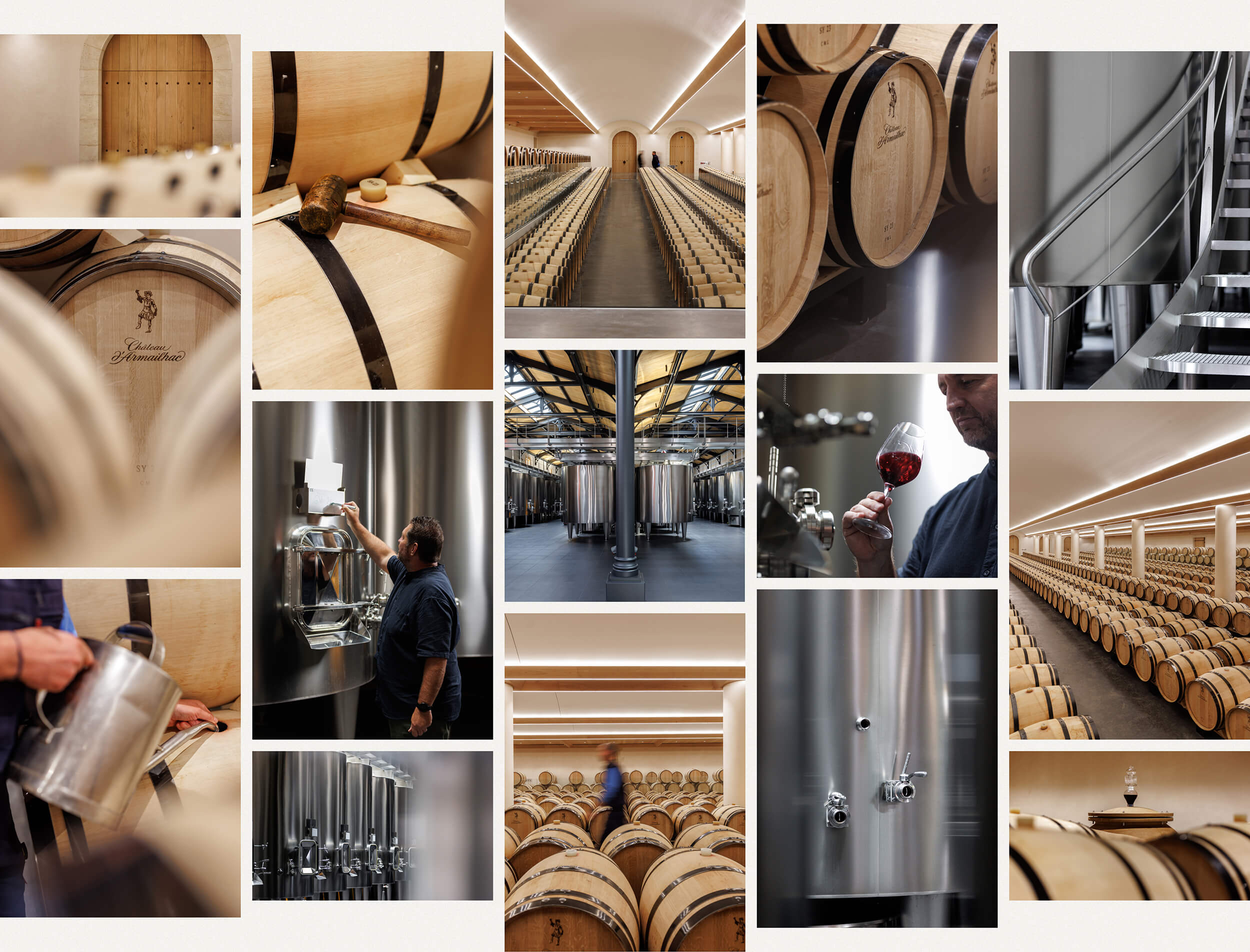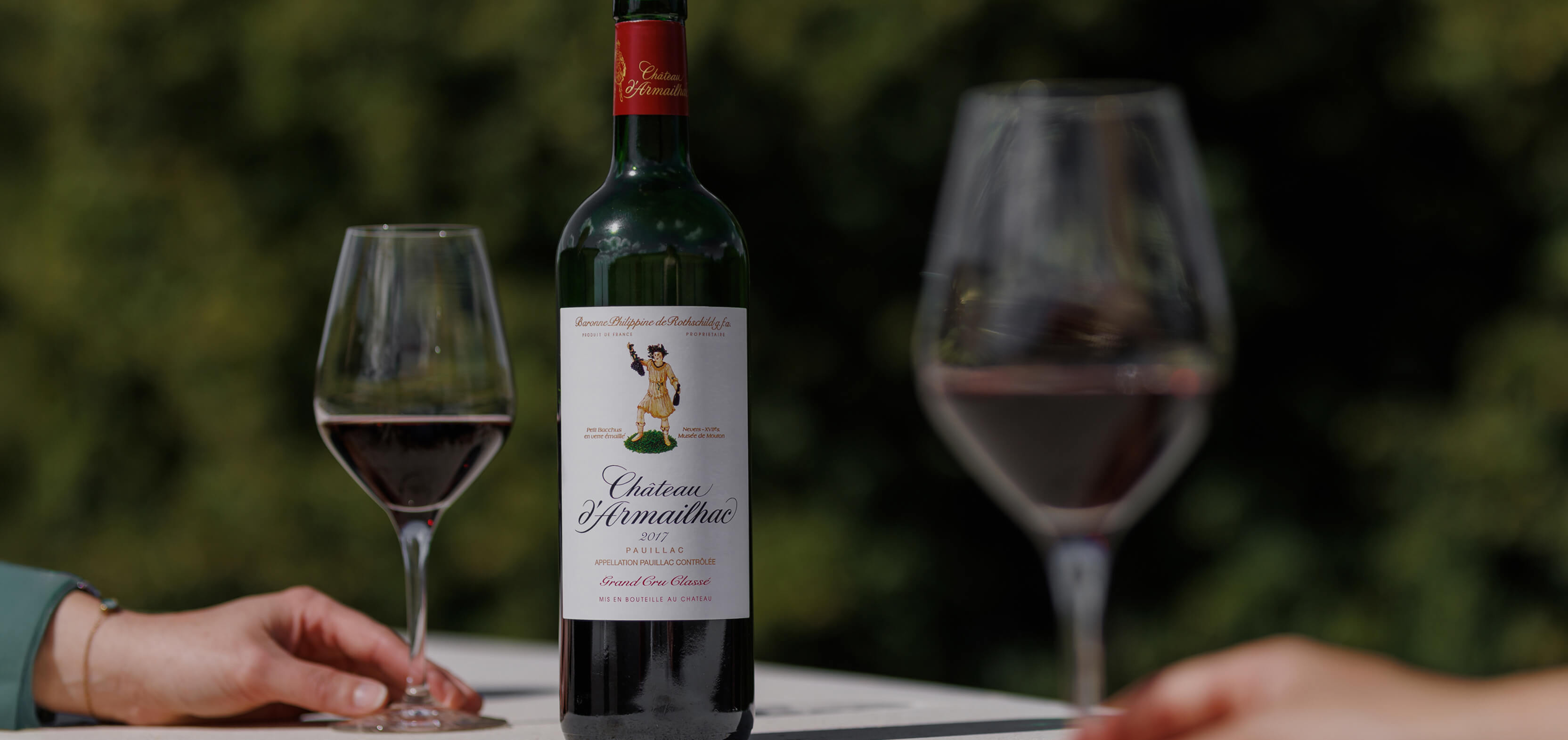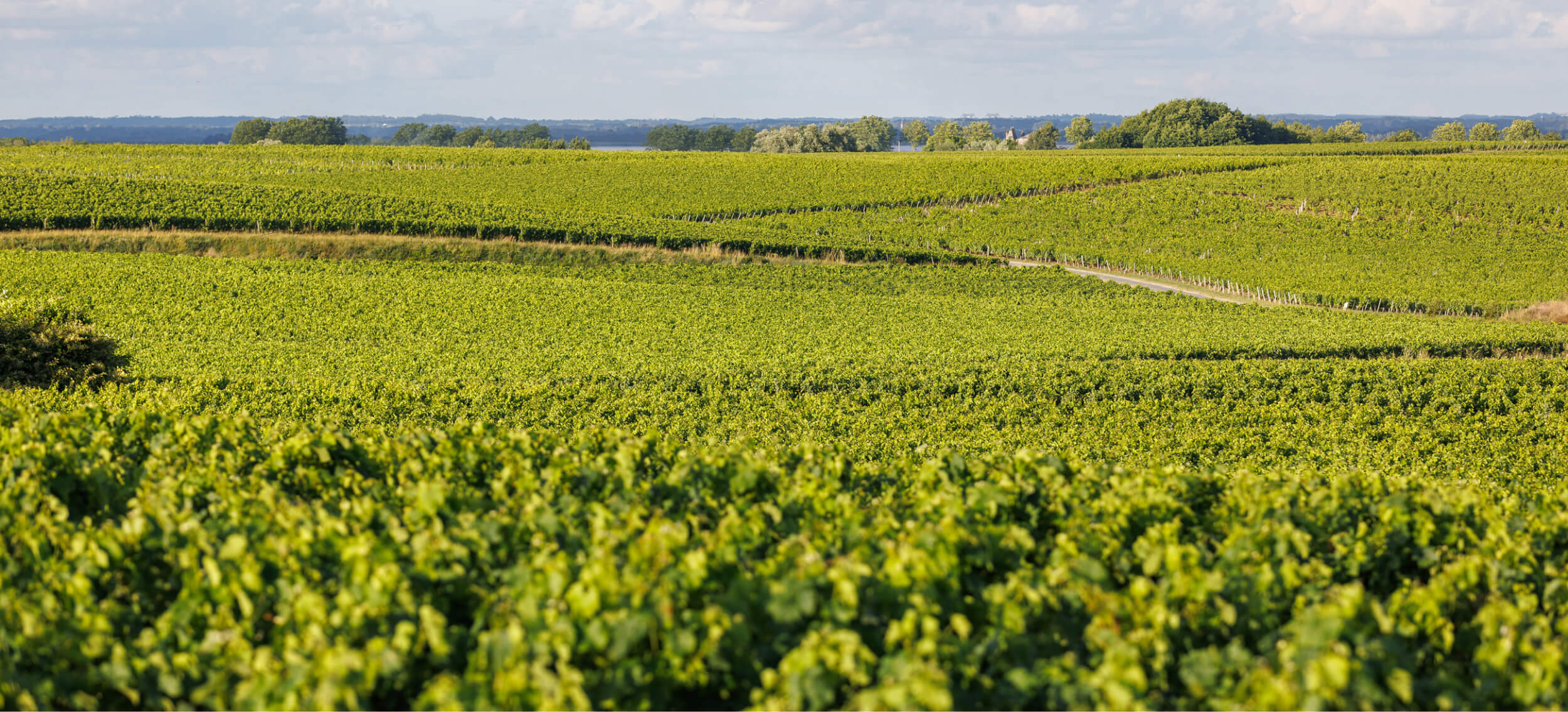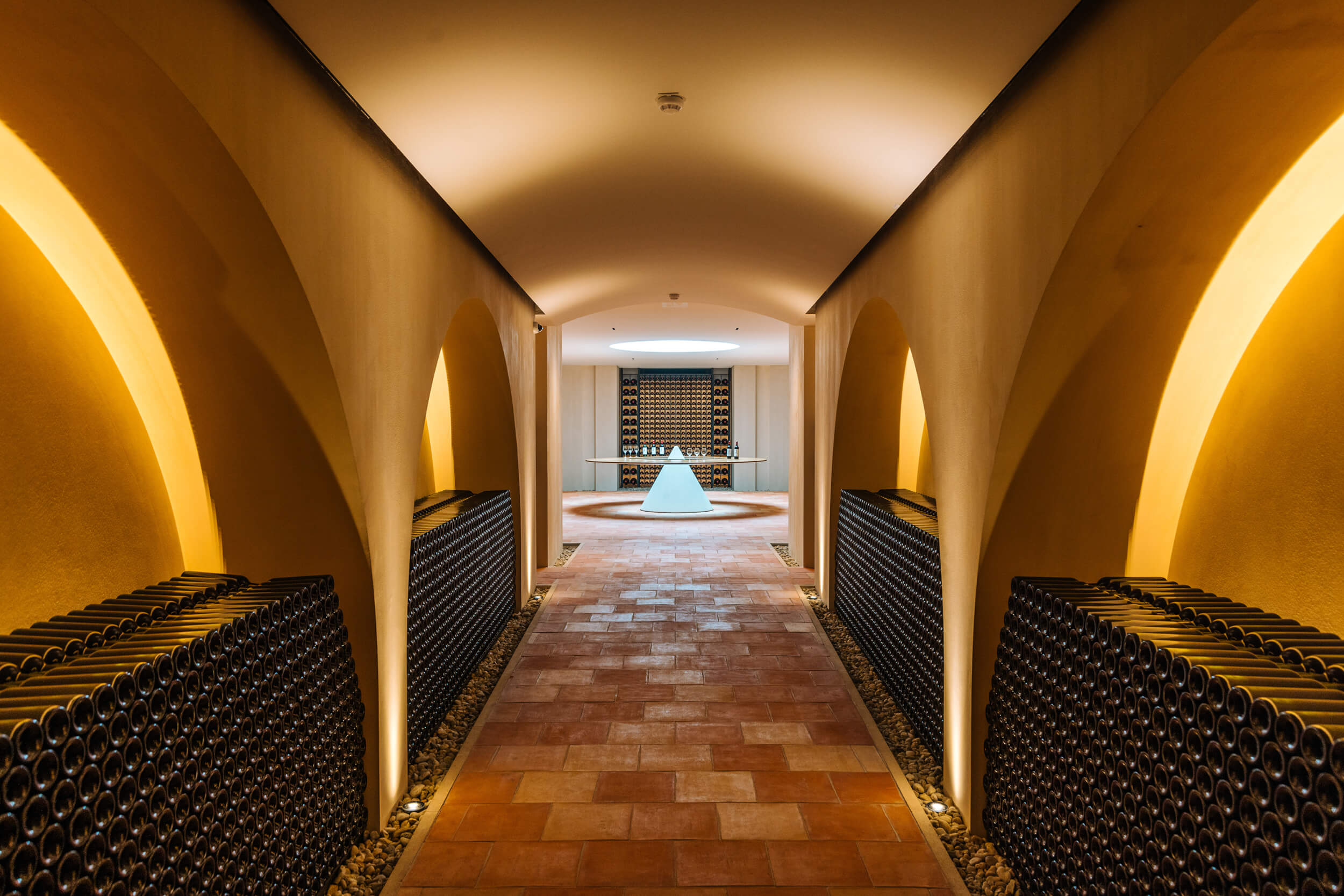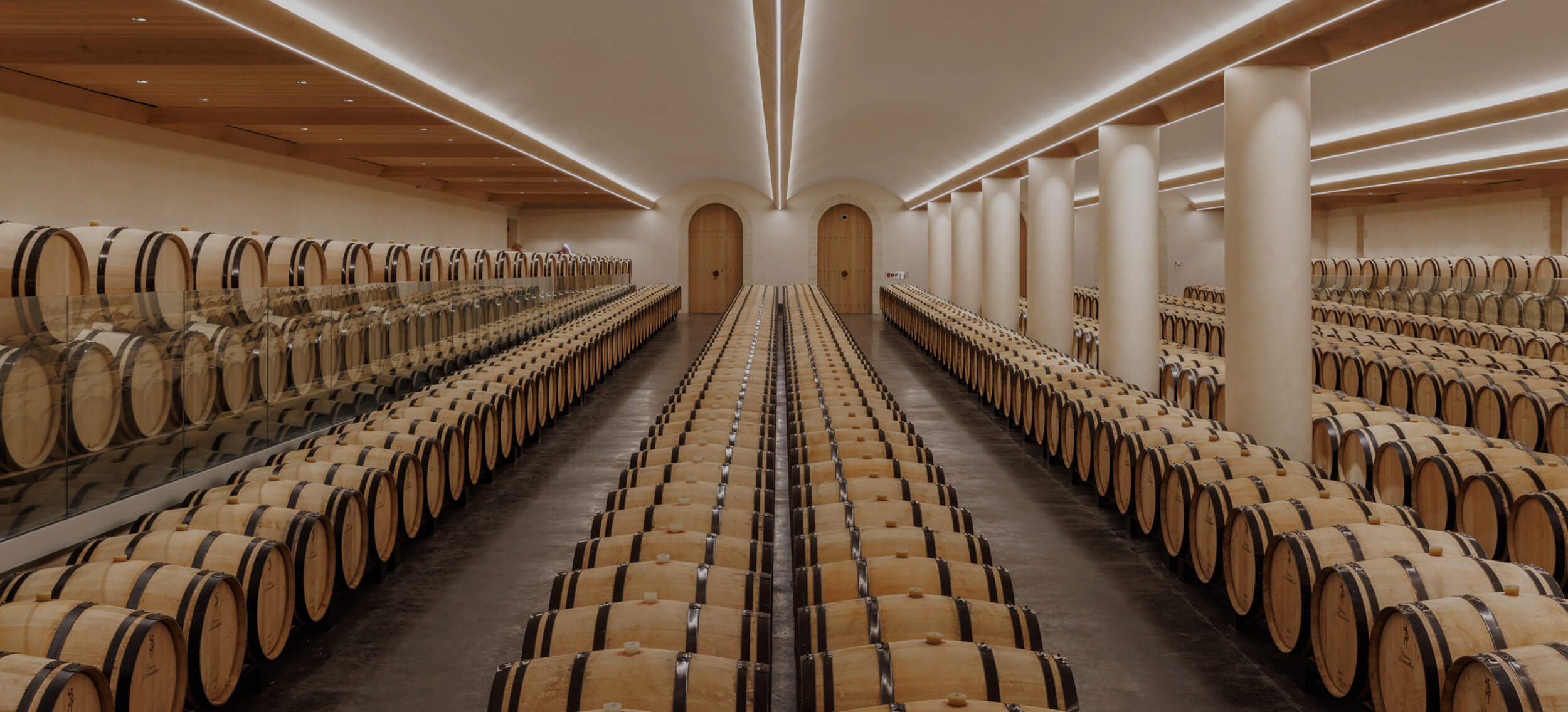
Precise vinification and maturing to reveal the best of our terroirs.
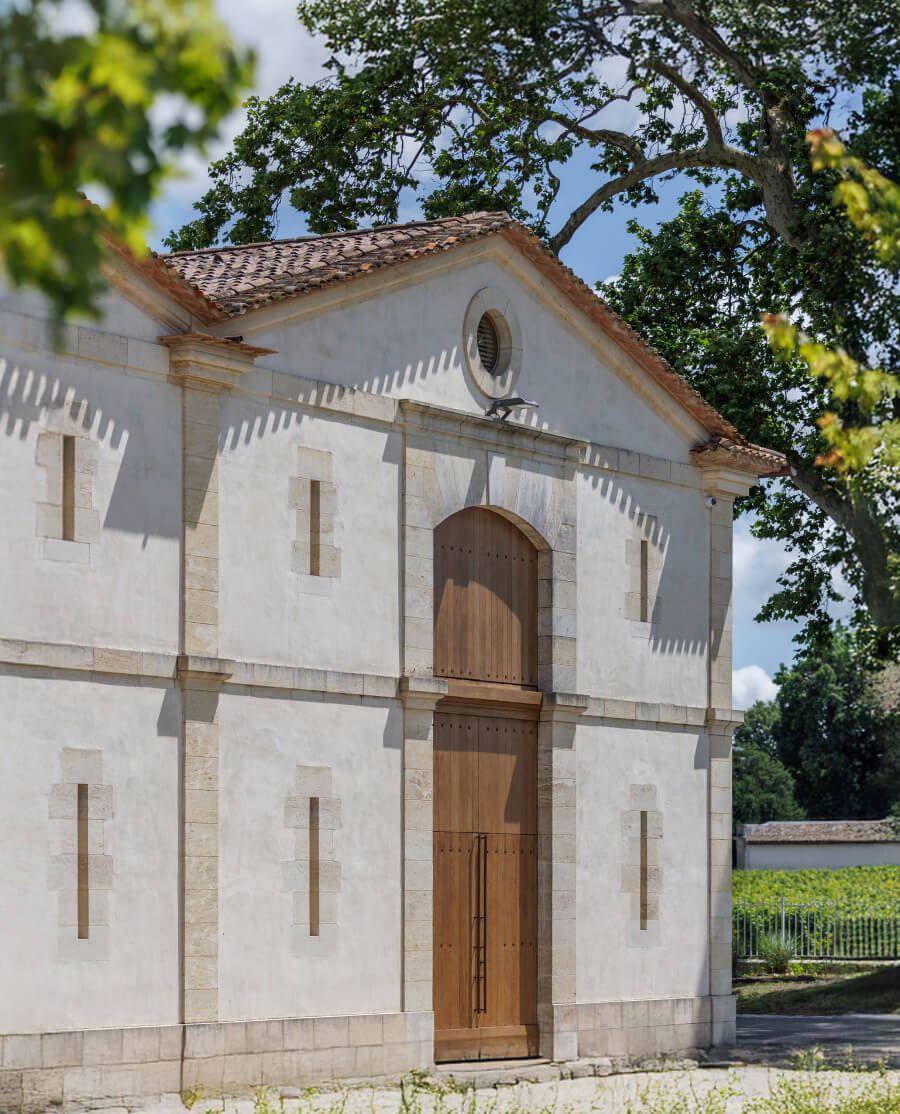
Château d'Armailhac has modern production facilities consistent with the pursuit of improved quality and the efforts made in the vineyard. Built on the site of the former installations and inaugurated in 2021, the new facilities blend perfectly into the local landscape and look as though they have always been there.
The winery has been designed for excellence in order to ensure the best possible working conditions, from receiving the grapes to bottling the wine. The technical team were involved in the project from the outset to ensure that the winery meets their needs as fully as possible.
It is constructed to an environmentally responsible design in order to limit the environmental impacts of vinification and maturing as well as the use of resources.
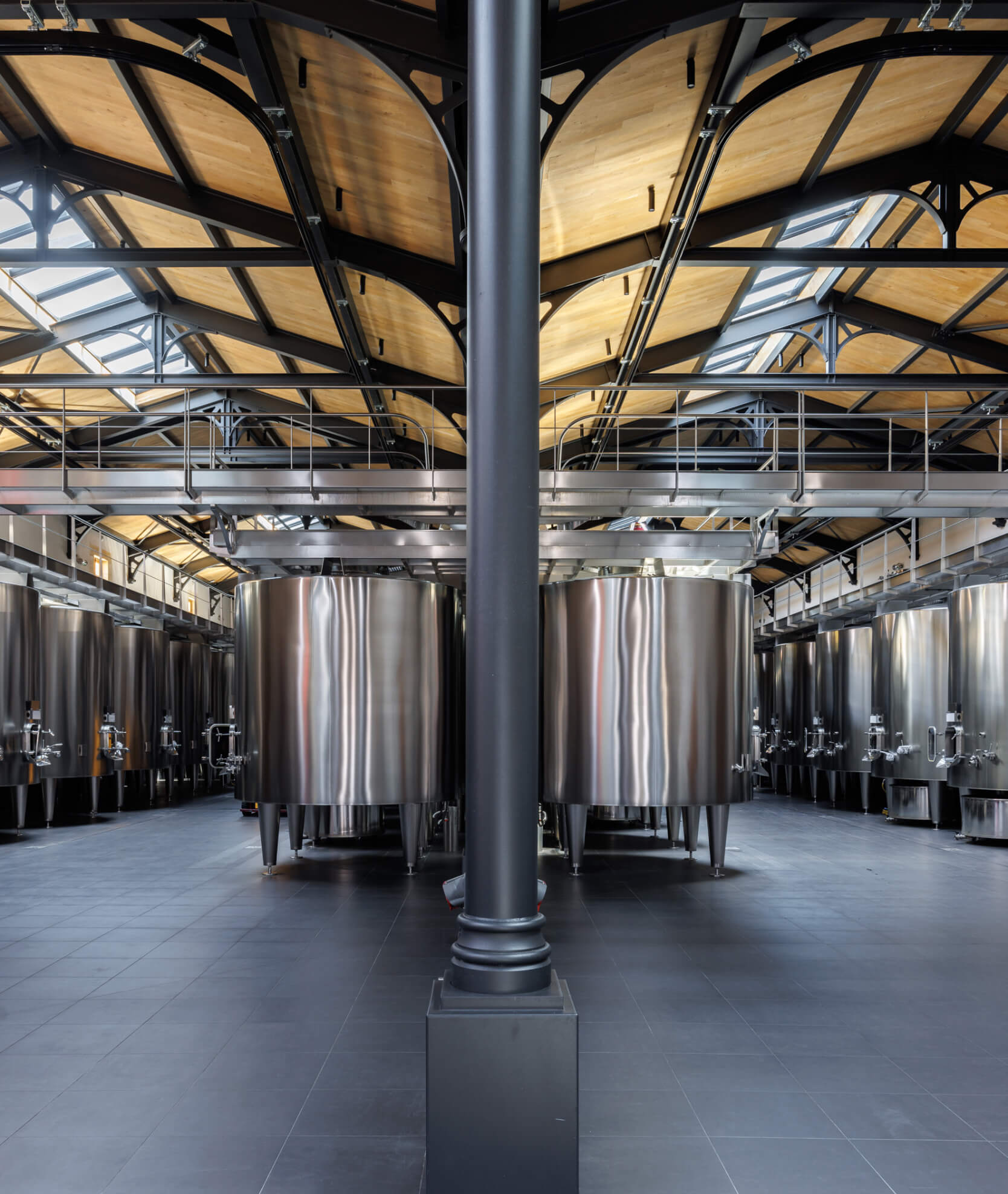
The vat-house
The vat-house has two lines for receiving and sorting the grapes. Operating in parallel, they mean that grapes from different parcels, and potentially of different varieties, can be harvested and brought in at the same time, as they reach optimum maturity.
50 temperature-controlled vats of different sizes allow for more precise parcel selection, or even selection within parcels. They are double-skinned to ensure optimum thermal inertia. Each batch is thus vinified separately. The vats are gravity-fed, using mobile hoppers to keep the grapes intact.
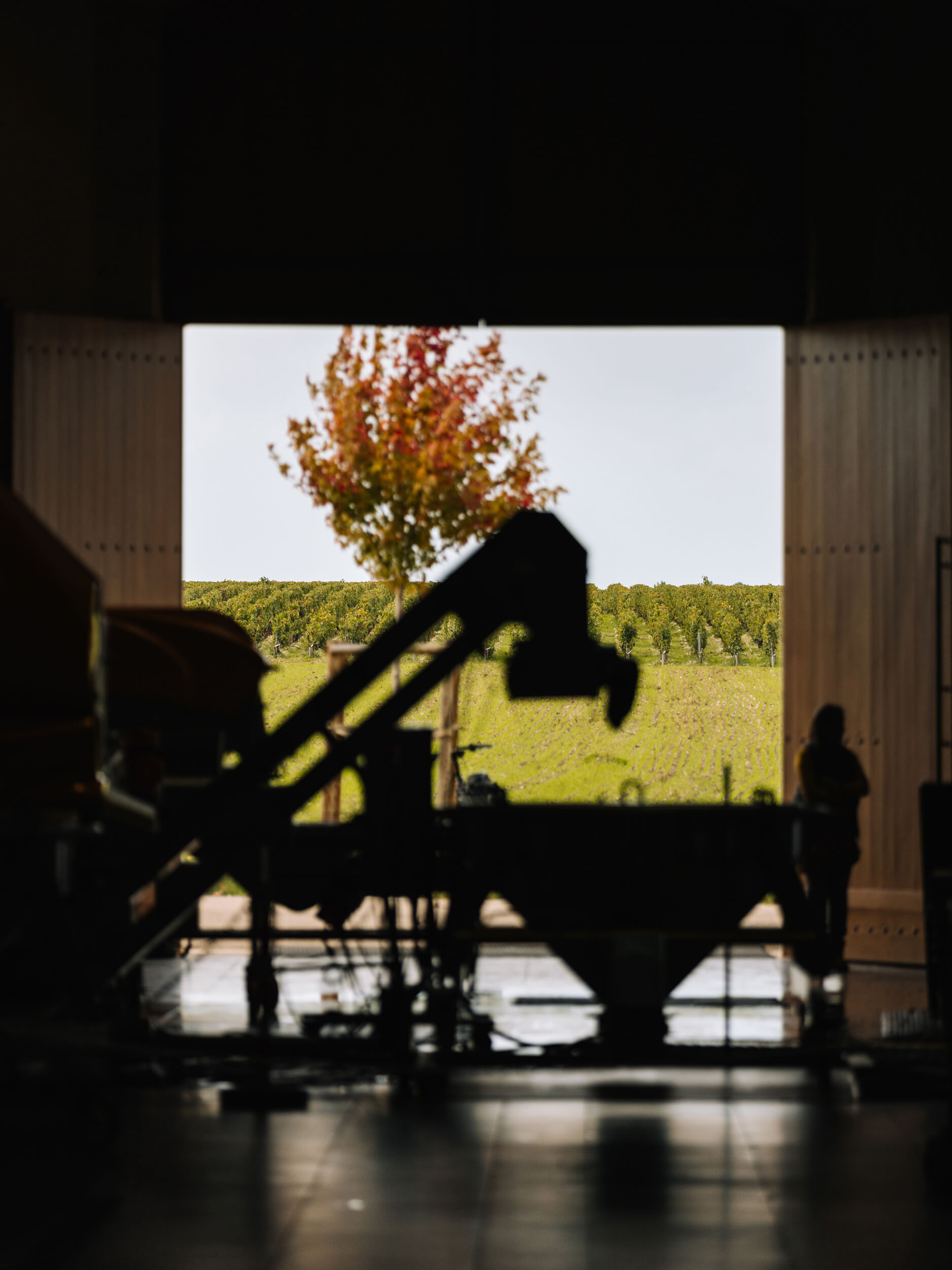
Environmentally responsible
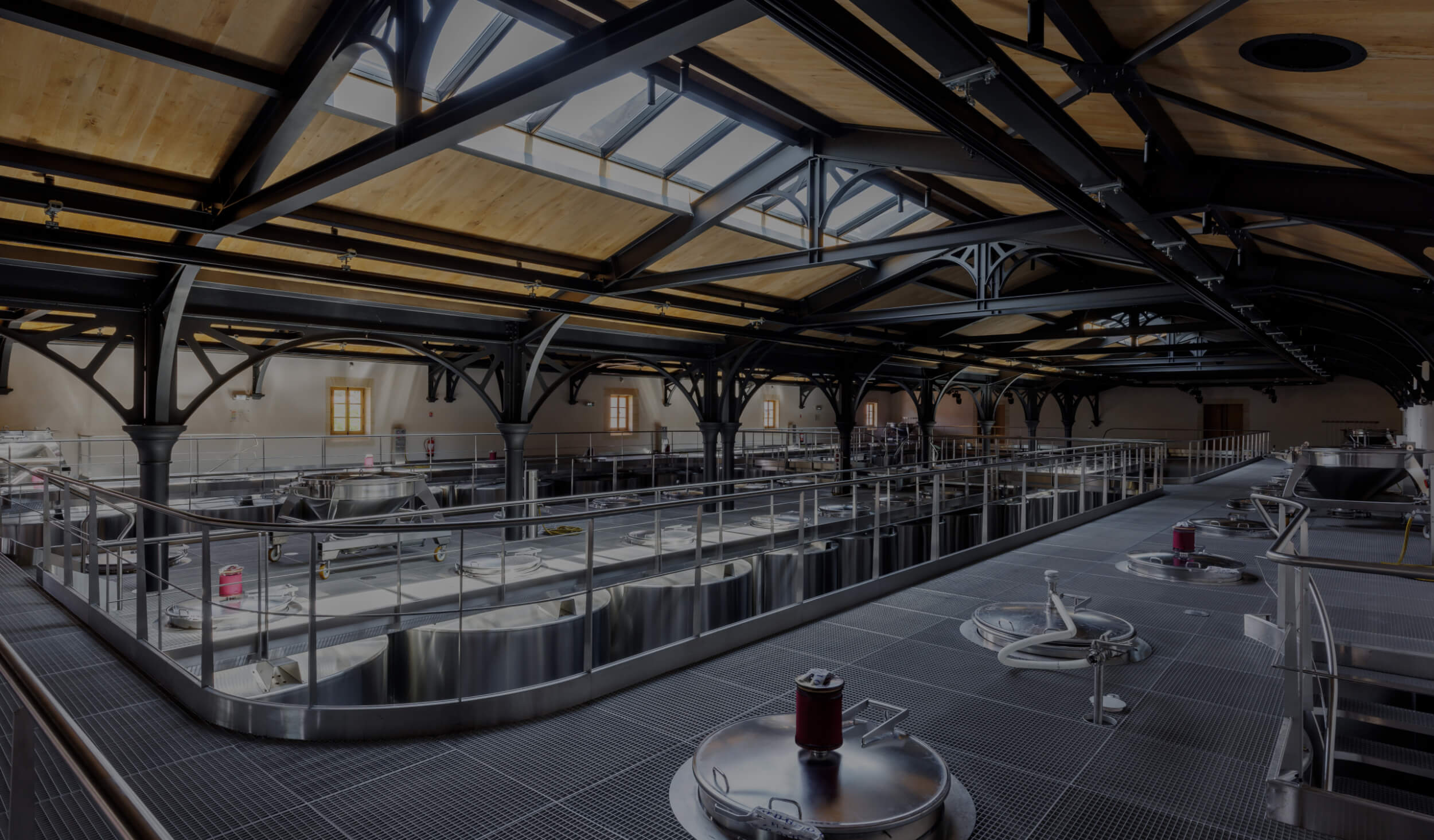
Water recovery
The winery has an innovative rainwater recovery system: water collected from the roof is gravity-fed through pipes within the vat-house pillars to a 350‑m3 tank where it is stored and used for the estate’s various needs.
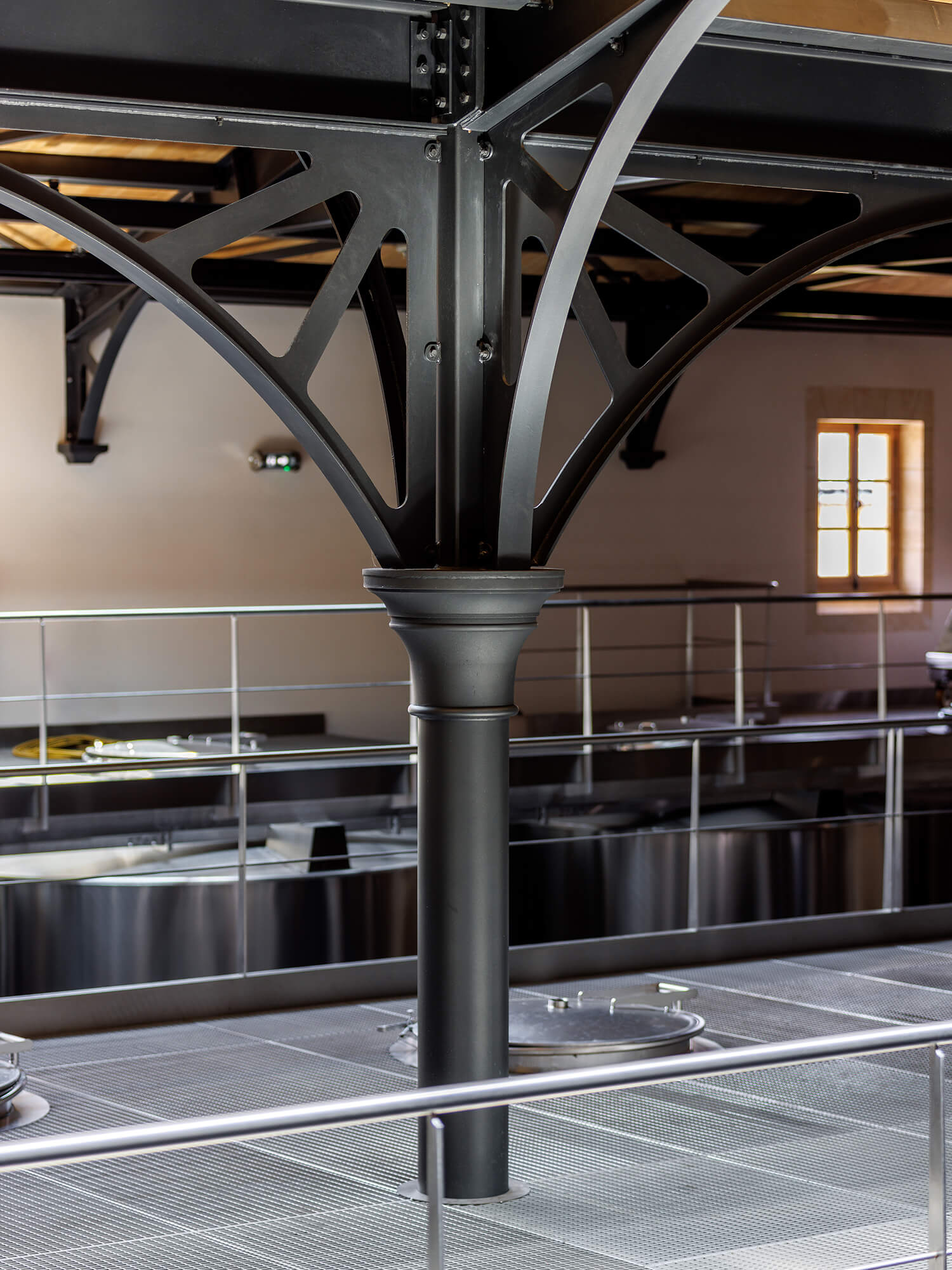
Solar panels
Almost 1,000 m² of solar panels have been installed on the roof to make the winery self-sufficient in power and also supplement the electricity supply to the nearby offices.
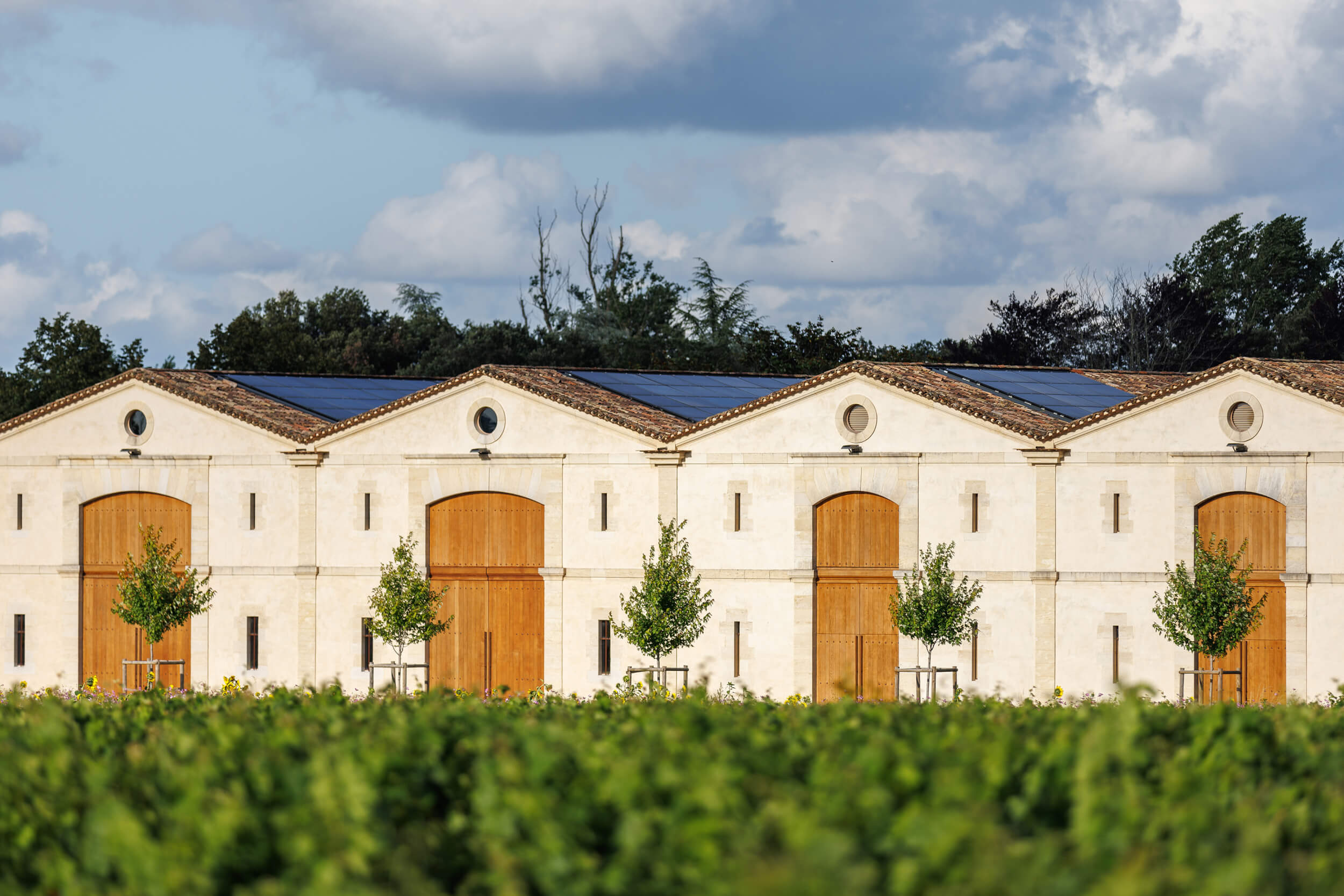
Temperature control
The temperature-control system is underground and insulated, significantly limiting loss of heat or cold.
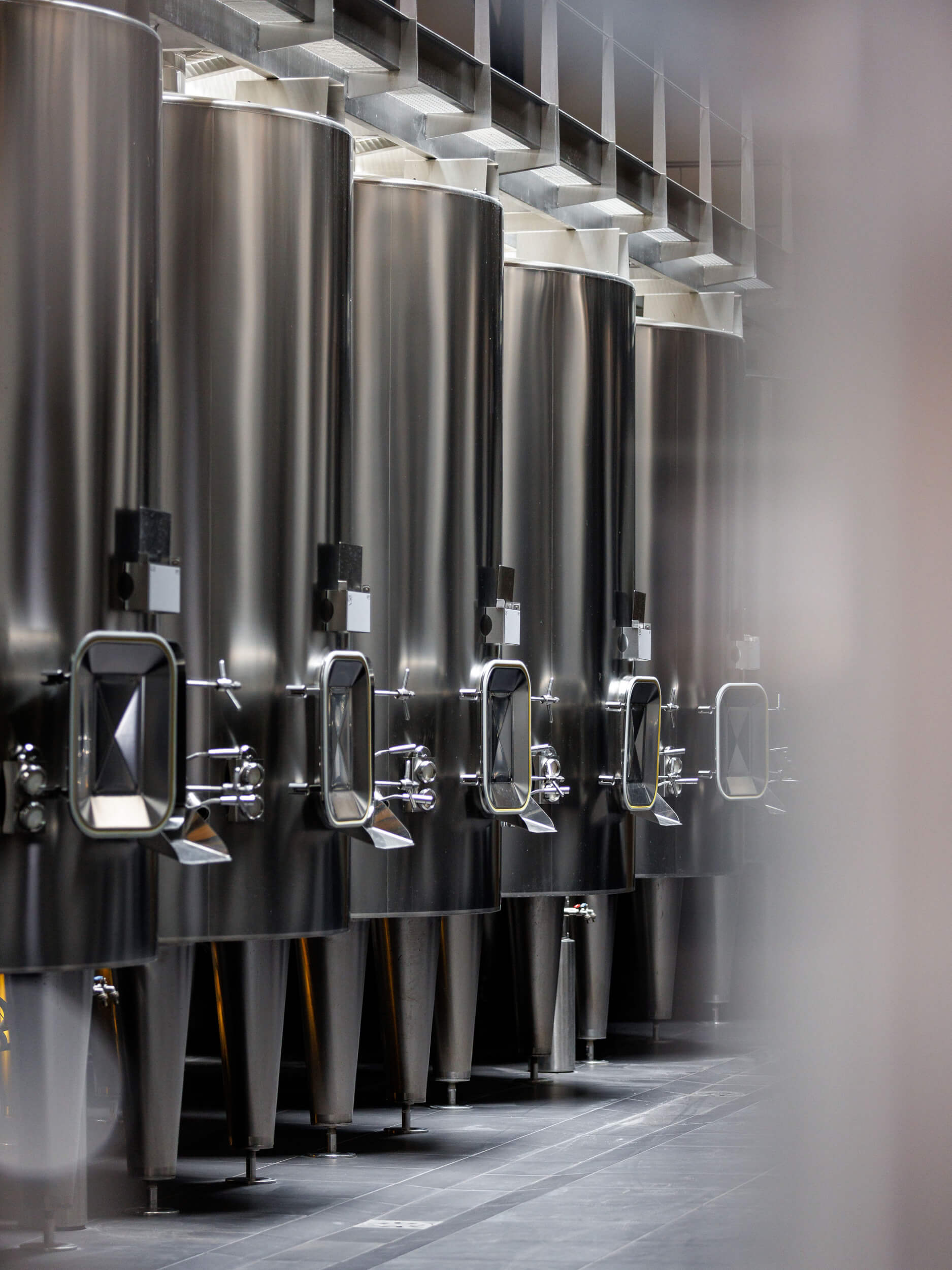
Carbon dioxide
The vat-house has a system, incorporated into the building design, to capture the carbon dioxide given off during fermentation.
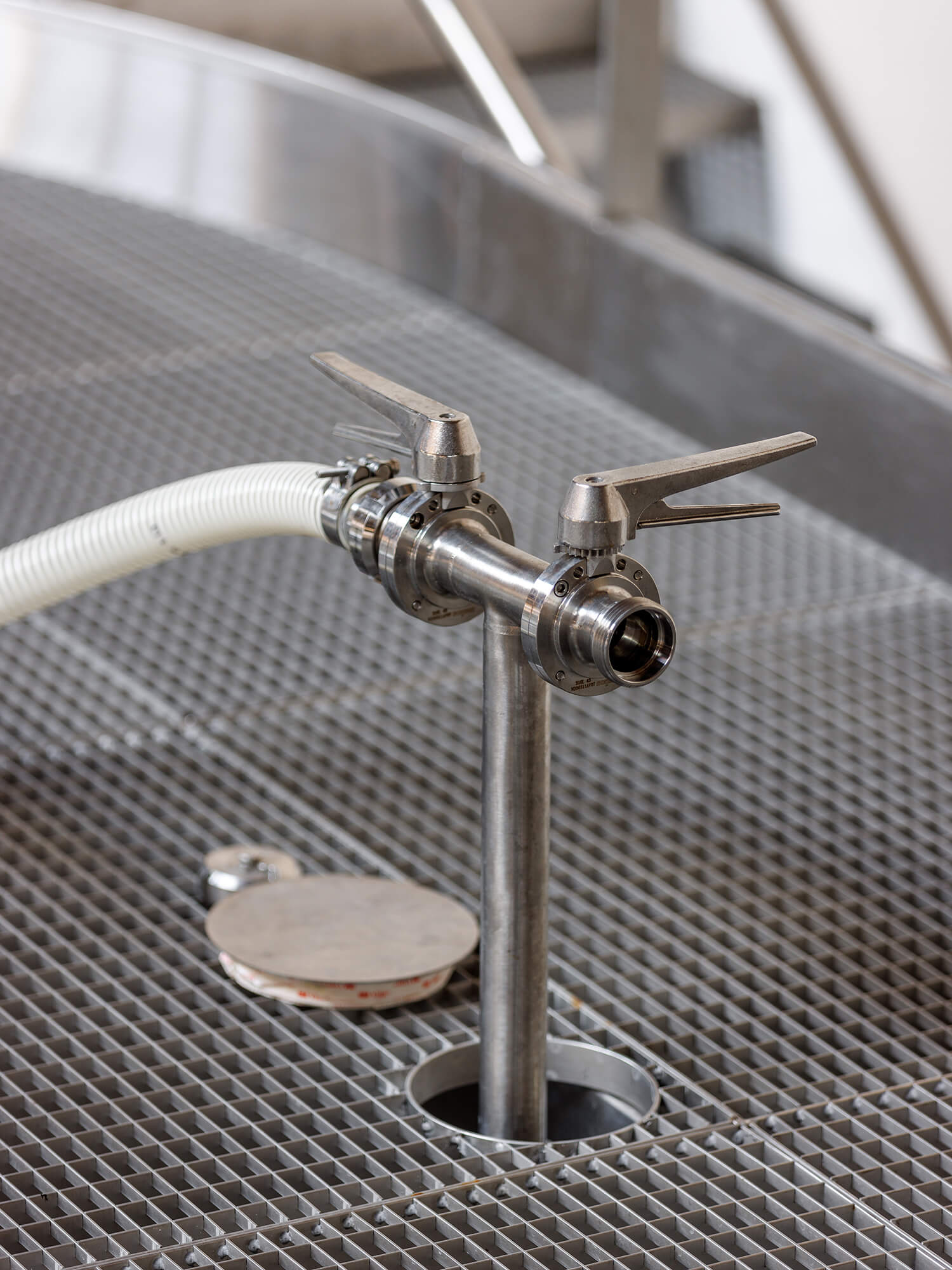
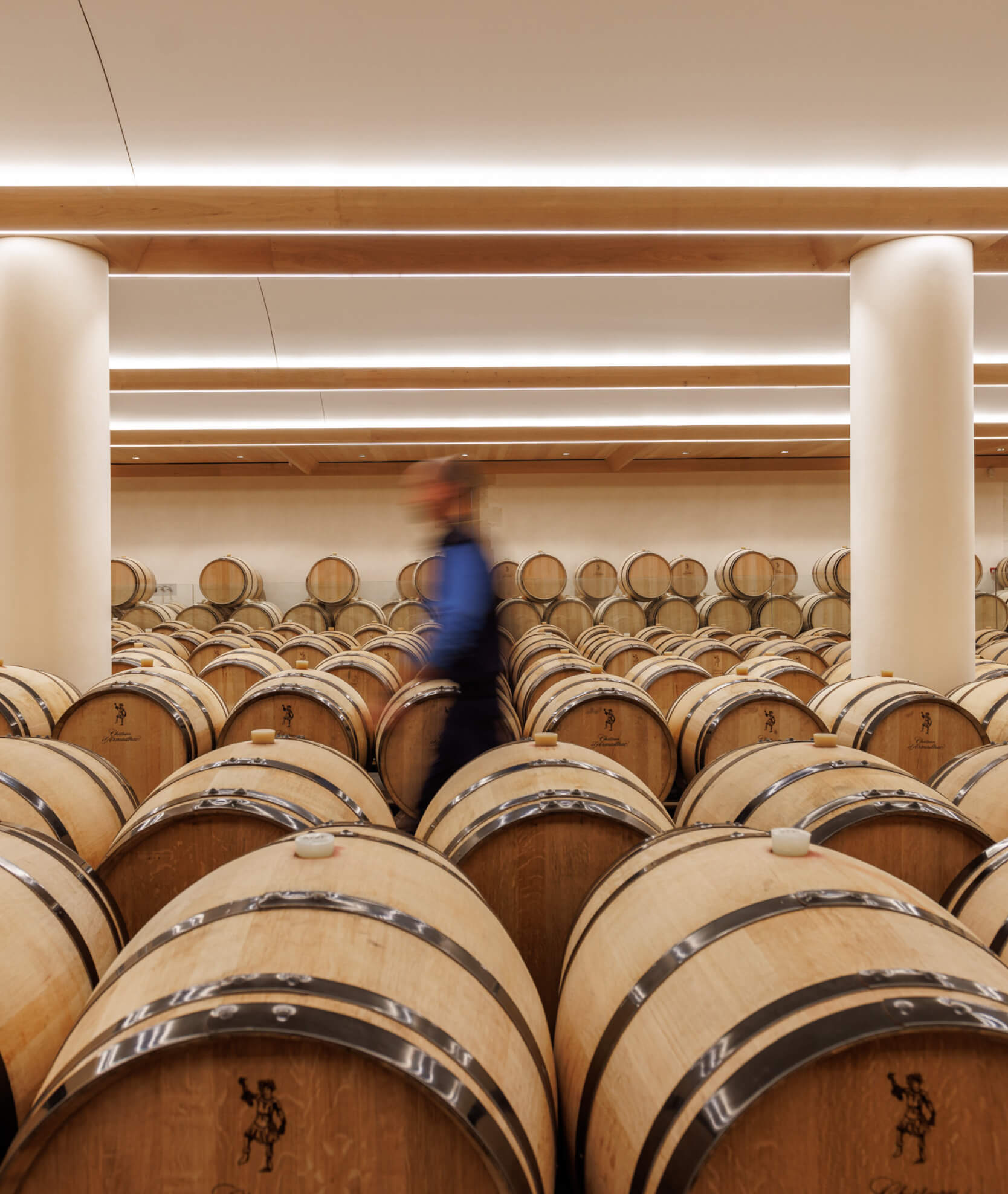
The barrel hall
After vatting, the wine is run off and matured for 18 months in French oak barrels (half of them new and half second-fill) kept in two barrel halls on two floors, each housing a different vintage. The temperature and humidity are perfectly controlled.
Other types of container, such as amphorae and barrels larger than traditional ones, are being tested experimentally.
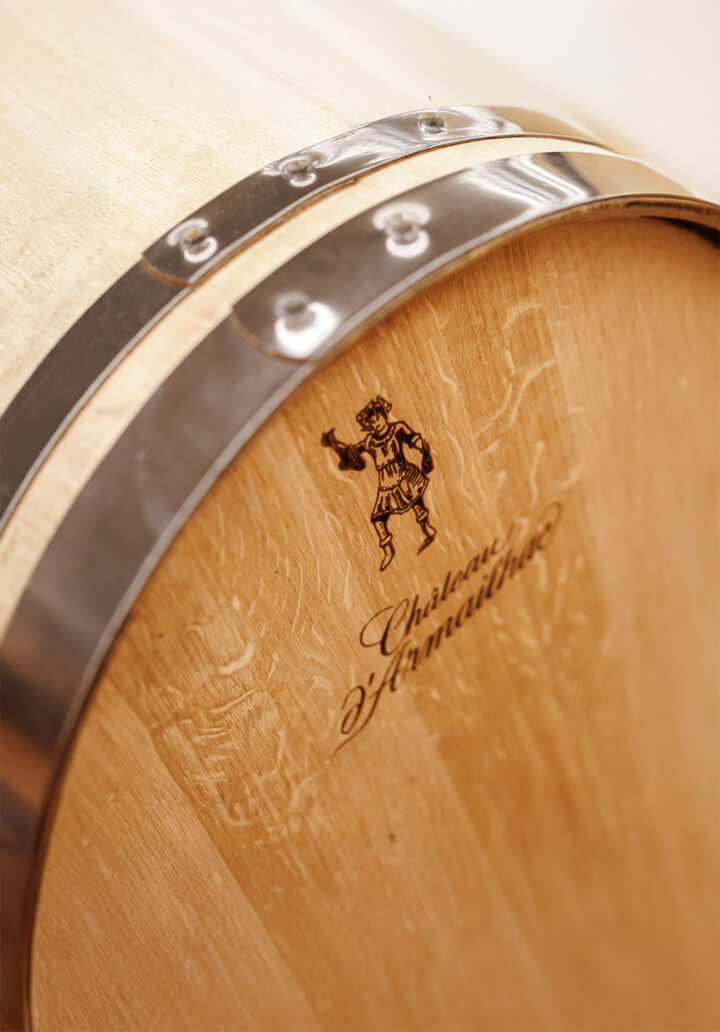
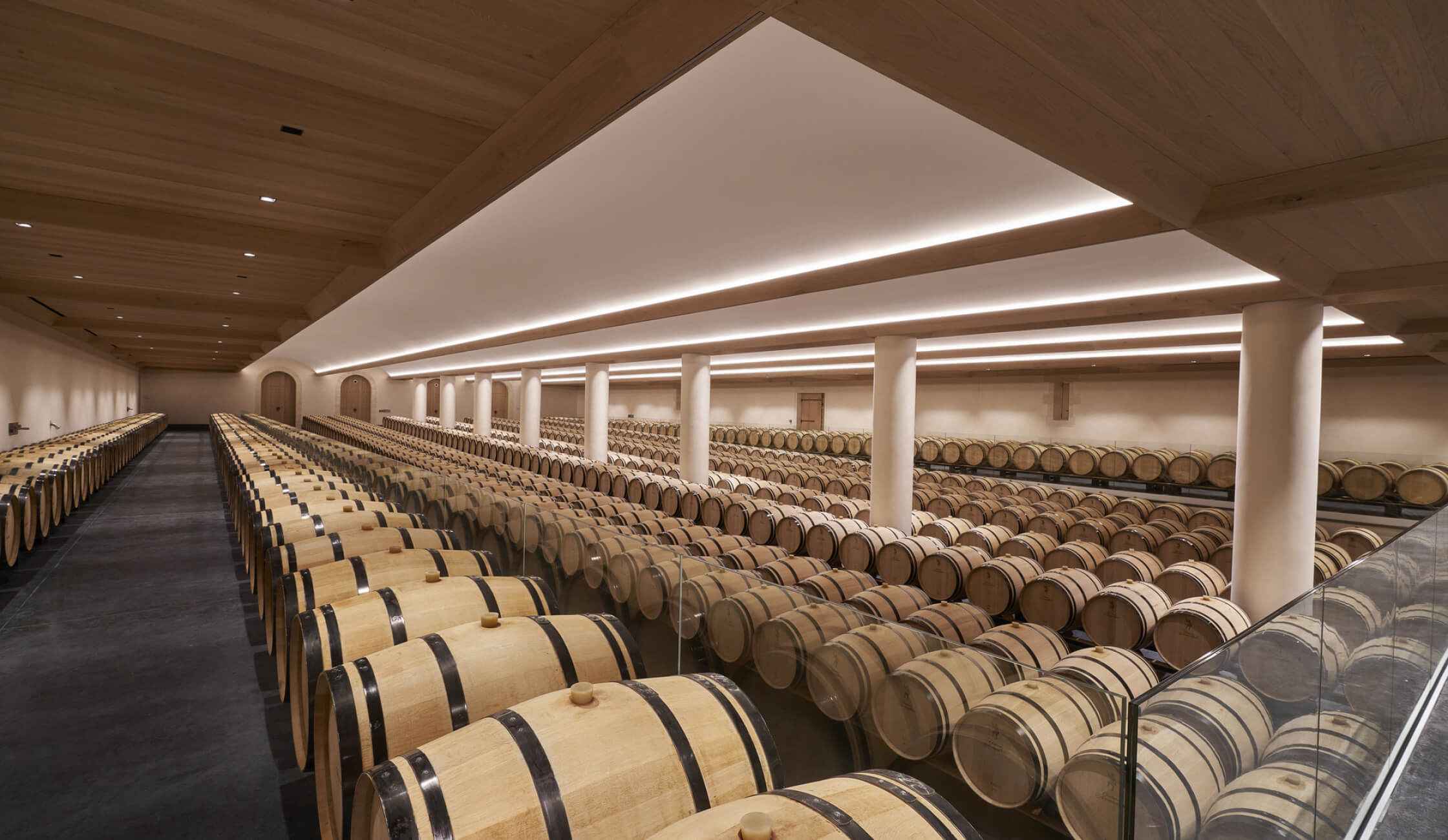
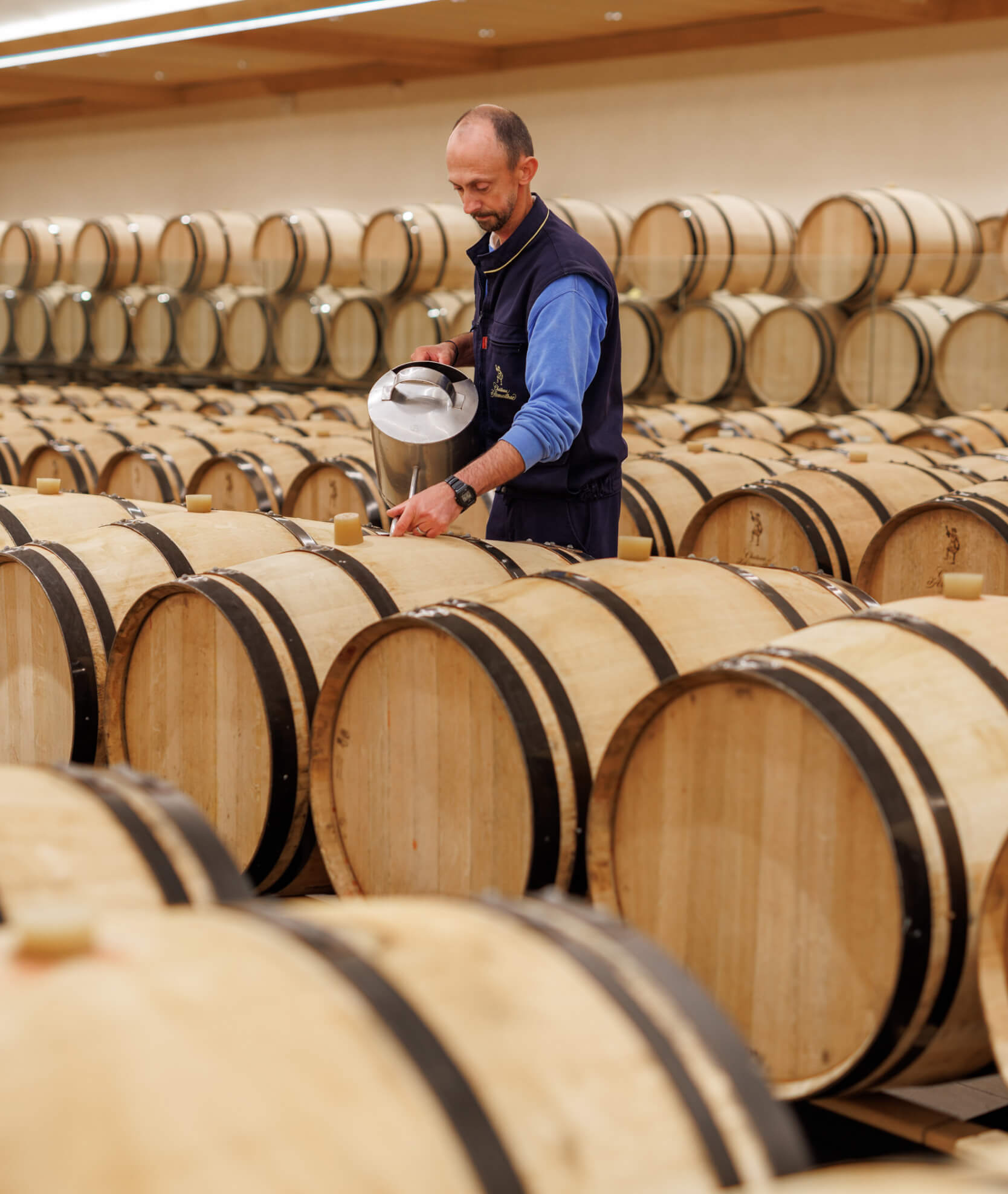
Mindset
The winemaking process is carried out in the traditional Bordeaux way. Harvested by hand, the grapes arrive in the winery where they are meticulously sorted by hand before being destemmed. The grapes then go through an automatic optical sorting machine which keeps only those that meet the required standards. These are then gravity-fed into the vats using mobile hoppers. Many vats of different sizes allow for precise parcel selection. Controlled extractions aim to fully express the characteristics of each terroir.
Each batch is monitored and tasted daily. Its technical itinerary is adapted and fine-tuned at every stage, including pumping-over, airing, vatting time and maceration.
The estate's technical team decide the final blend, finding the perfect combination of the different batches in order to bring out the best of each vintage. Blending is carried out in November to ensure better harmony at the end of the maturing process. The wine is then run off into barrels and matured in the barrel hall for 18 months on average. The barrels are regularly racked during this time, before the wine is fined in the traditional way with egg whites in the winter. The wine is bottled in late spring or early summer and made available to wine-lovers at the start of the following year.
